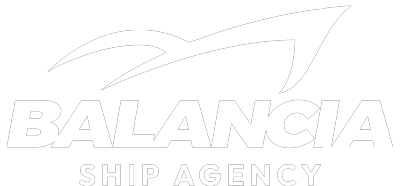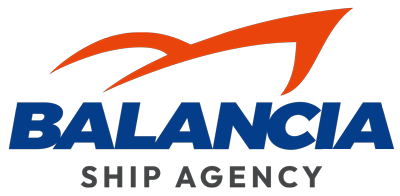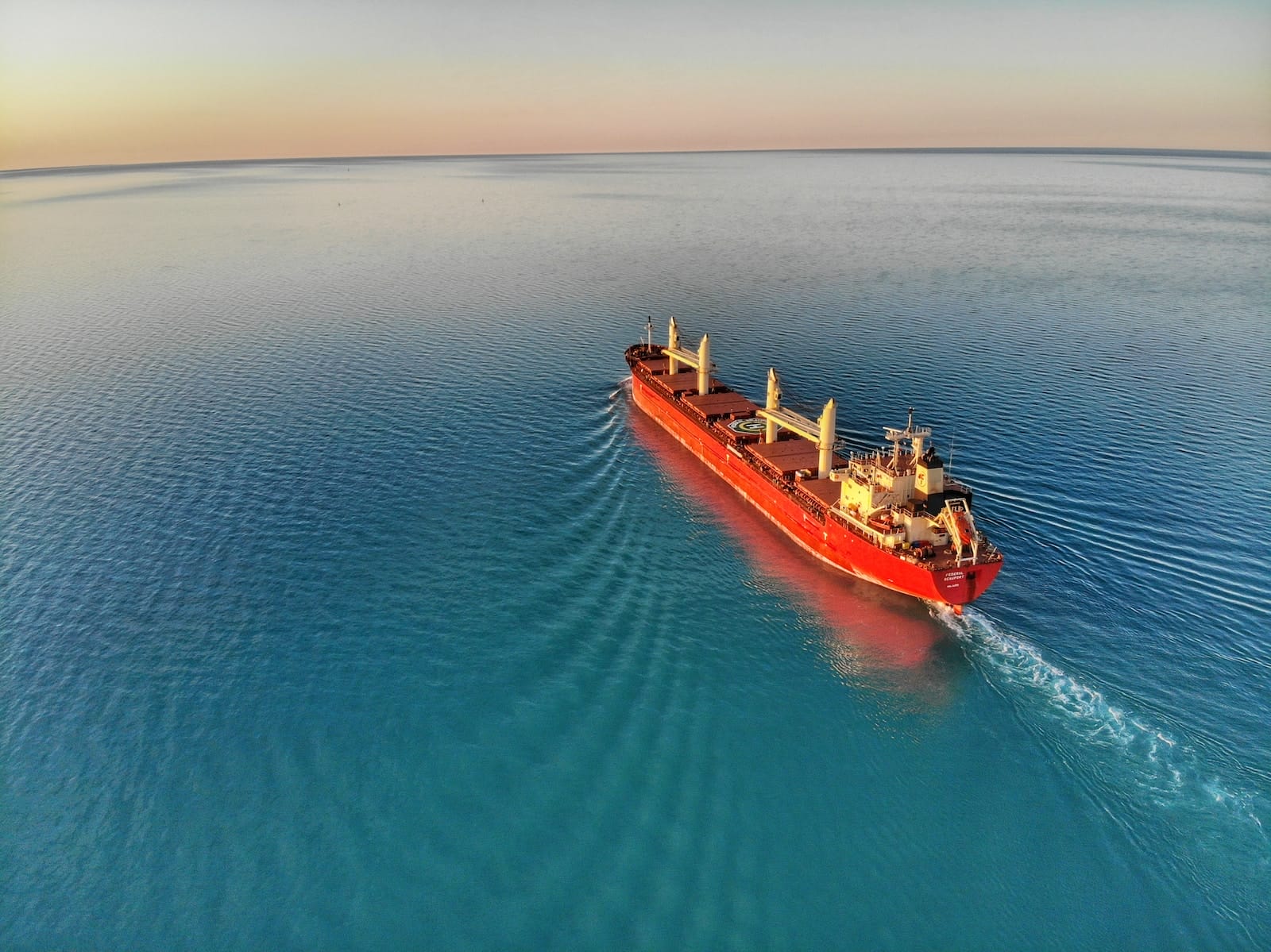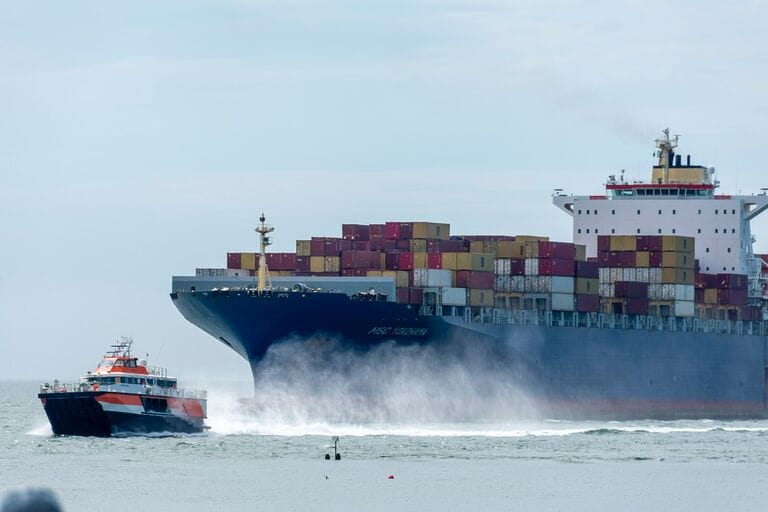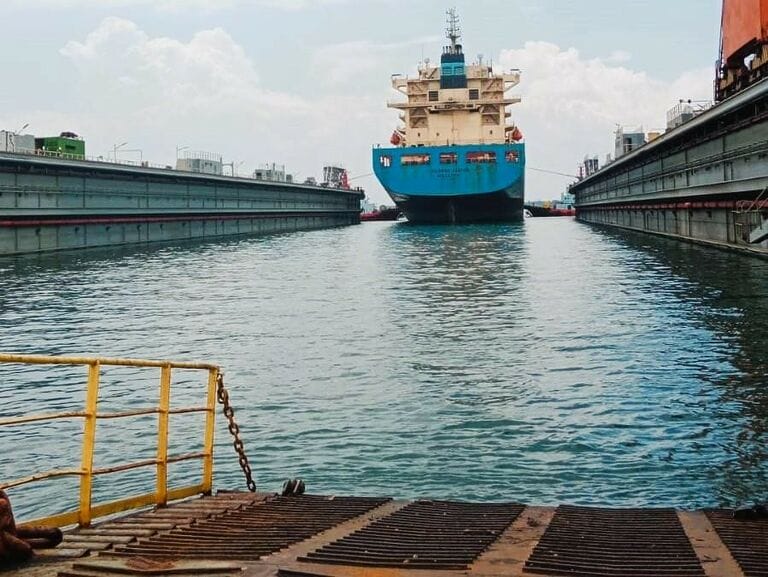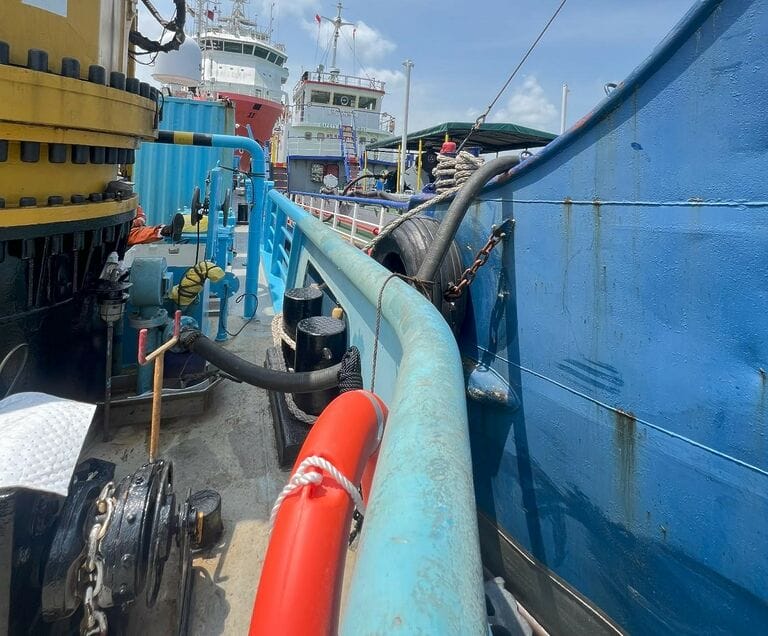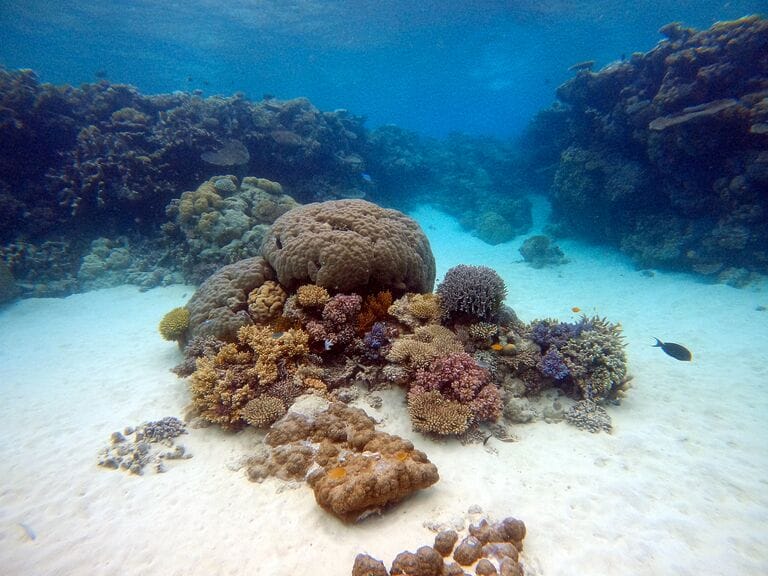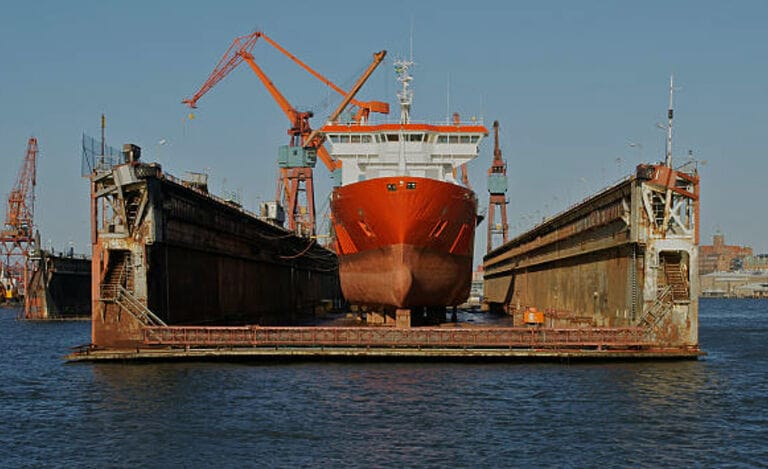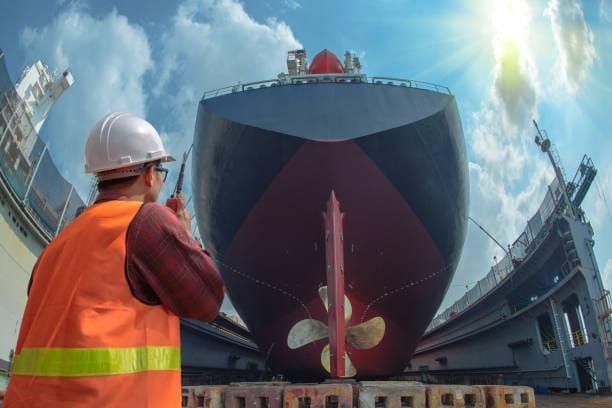Exploring Maritime Zones: Boundaries, Governance, and Legal Significance
The world’s oceans are divided into distinct maritime zones, each governed by its own legal principles and implications. International waters, often referred to as the high seas, hold pivotal importance in international law, global navigation, and the extraction of valuable resources.
Territorial Sea
The territorial sea extends up to 12 nautical miles (approximately 22.2 kilometers) from a coastal state’s baselines – the low-water lines along its coast. In this region, coastal states wield complete sovereignty, including the authority to regulate customs, immigration, and pollution control. The United Nations Convention on the Law of the Sea (UNCLOS) outlines the legal framework governing territorial seas.
Inland Waters
Inland waters encompass bodies of water within a coastal state’s jurisdiction, landward of the baselines. These may include bays, rivers, lakes, and canals. Coastal states possess full sovereignty over inland waters and the right to establish and enforce laws. The scope of inland waters is determined by both national laws and international agreements.
Contiguous Zone
Adjacent to the territorial sea, the contiguous zone extends up to 24 nautical miles (approximately 44.4 kilometers) from the baselines. Within this zone, coastal states have limited authority to prevent and penalize violations of customs, fiscal, immigration, and sanitary regulations. Nevertheless, their jurisdiction doesn’t extend to navigation or overflight matters. UNCLOS provides the foundation for the contiguous zone’s legal parameters.
Continental Shelf
The continental shelf encompasses the seabed and subsoil beyond the territorial sea, extending up to 200 nautical miles or beyond, depending on the natural extension of a coastal state’s land territory. Coastal states possess sovereign rights over the exploration and exploitation of resources within this area. These resources encompass both living and non-living elements. Determining the outer limits of the continental shelf involves scientific and technical assessments.
Continental Slope
Although not officially defined as a separate maritime zone, the continental slope holds geological and ecological significance. This underwater terrain, extending beyond the continental shelf, features a rapid increase in depth towards the ocean floor. Coastal states may have specific rights and responsibilities concerning scientific research, environmental protection, and resource exploration in this region.
Exclusive Economic Zone (EEZ)
The EEZ extends up to 200 nautical miles (approximately 370.4 kilometers) from the baselines, adjacent to a coastal state’s territorial sea. Within this zone, coastal states wield sovereign rights and jurisdiction over both living and non-living natural resources. Additionally, they are responsible for resource conservation and management. UNCLOS forms the legal foundation for the EEZ.
High Seas
Also known as international waters, the high seas encompass oceanic areas beyond any individual state’s jurisdiction. Governed by the principle of “freedom of the high seas,” these waters are accessible to all states and individuals. This freedom entails navigation, fishing, overflight, laying of submarine cables, and more. UNCLOS also addresses regulations on piracy, pollution, and marine resource conservation in this context.
Distance to International Waters
International waters commence beyond the 12 nautical mile limit from a nation’s coastal baseline. These waters extend until the outer boundary of the exclusive economic zone (EEZ), typically set at 200 nautical miles from the baseline or the outer limit of the continental shelf, whichever is greater. Precise boundaries depend on UNCLOS provisions and relevant agreements.
Activities in International Waters
International waters adhere to the principle of “freedom of the high seas.” This grants states and individuals specific freedoms, as enumerated in Article 87(1) of the 1982 UNCLOS, including navigation, overflight, laying submarine cables and pipelines, constructing artificial islands, fishing, and scientific research. It’s essential to note that a ship cannot change its flag during a voyage or while in port (Article 92(1)). States are also obligated to exercise jurisdiction and control over ships flying their flag (Article 94(1)) as per UNCLOS.
In conclusion, comprehending the intricacies of maritime zones and their legal implications is essential for understanding how nations manage their oceanic resources and navigate international waters. Each zone, from the territorial sea to the high seas, carries distinct characteristics and legal frameworks that guide state sovereignty, resource exploitation, and global cooperation.
The well-defined territorial sea allows coastal states to exert complete authority within its boundaries, while inland waters offer jurisdiction over various bodies of water. The contiguous zone bridges the gap between the territorial sea and the high seas, providing limited control for certain regulations. The continental shelf and slope underline the significance of ecological and geological considerations in resource exploration and conservation.
The exclusive economic zone (EEZ) provides coastal states with a platform to harness living and non-living resources, reinforced by the duty to manage them responsibly. However, the most captivating realm, the high seas, embodies the principle of freedom that allows for diverse activities such as navigation, fishing, and scientific research.
The intricacies of these maritime zones are underpinned by the United Nations Convention on the Law of the Sea (UNCLOS), an essential legal instrument governing oceanic affairs. By understanding these zones, their boundaries, and the freedoms they entail, nations can promote cooperation, manage resources sustainably, and address potential conflicts, ultimately contributing to the preservation and responsible utilization of our shared global commons.
Need Help In Indonesian Sea ? Contact Us Now!
BALANCIA SHIP AGENCY
HQ Address : Komplex Ruko Golden City Block C No.3A, Batam City, Indonesia 29432
www.balancia.co.id
Mobile Ph. : +628112929654
Office Ph. : +627784883769
